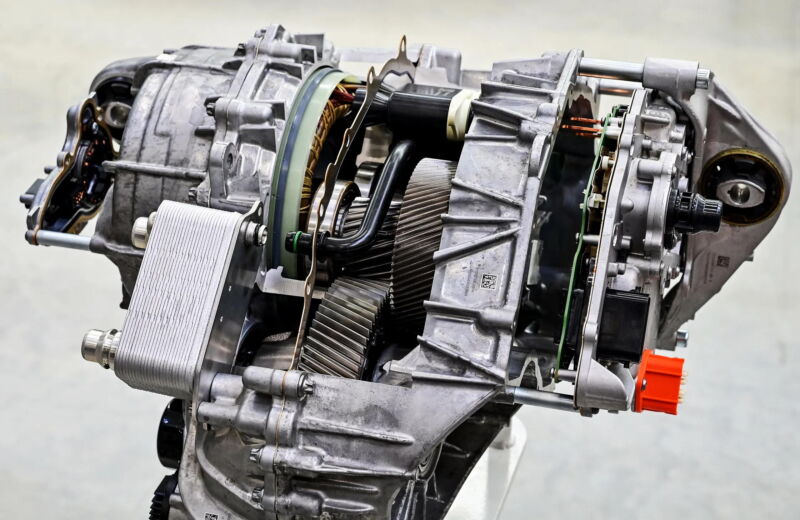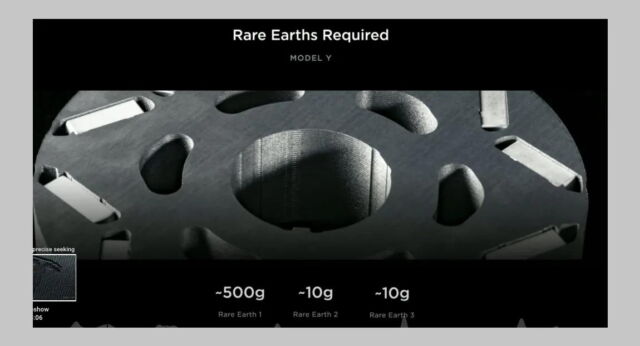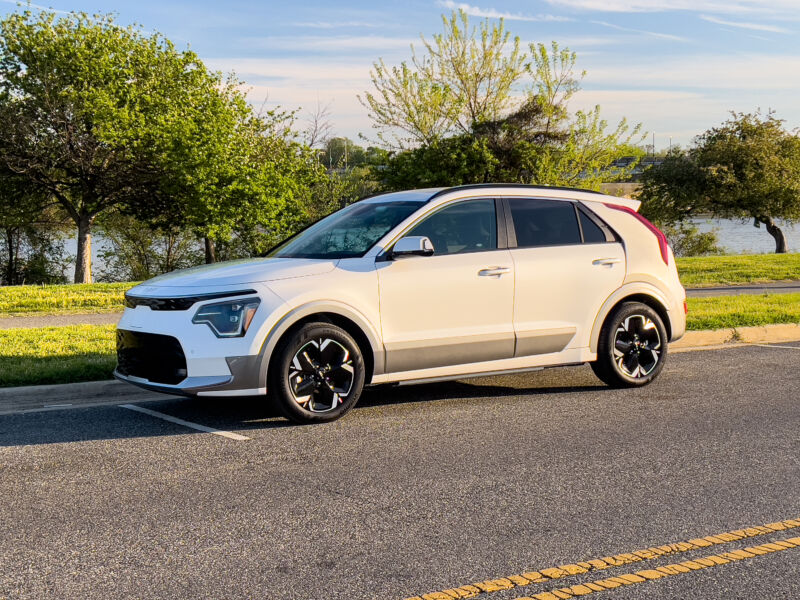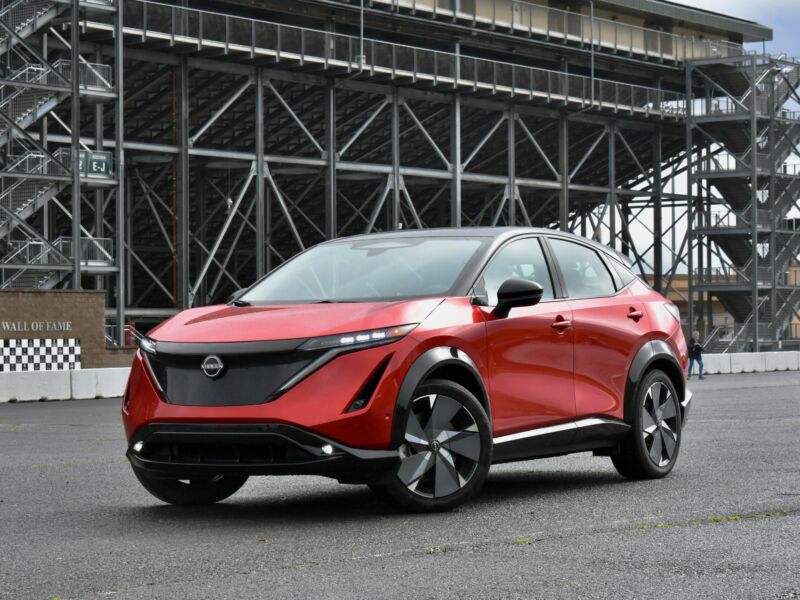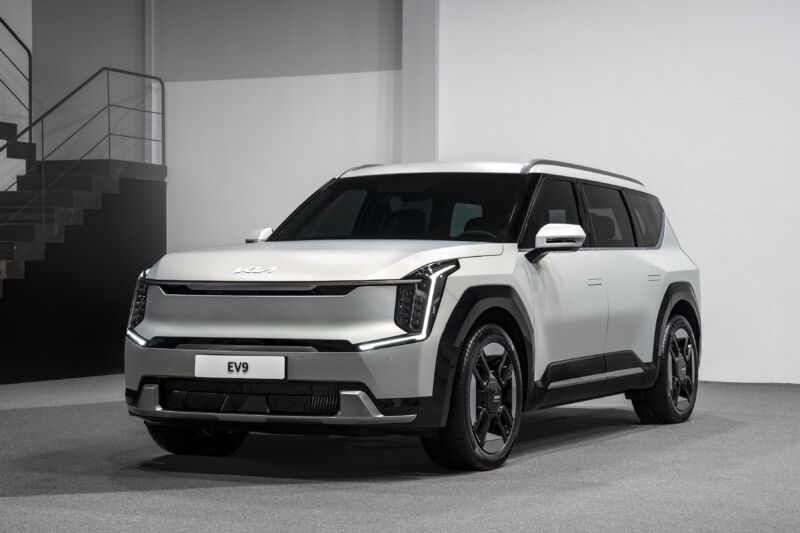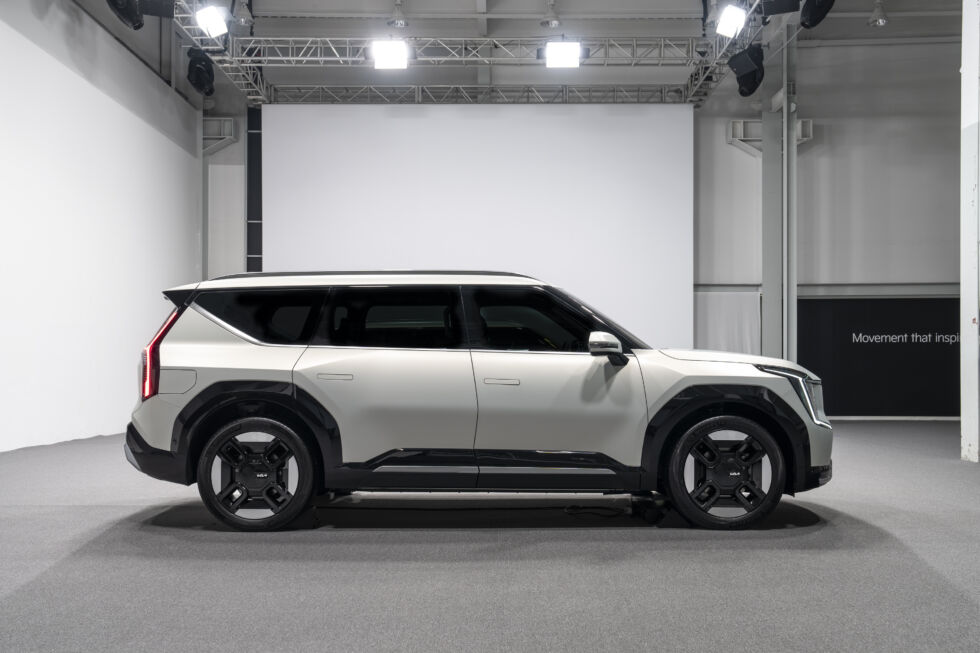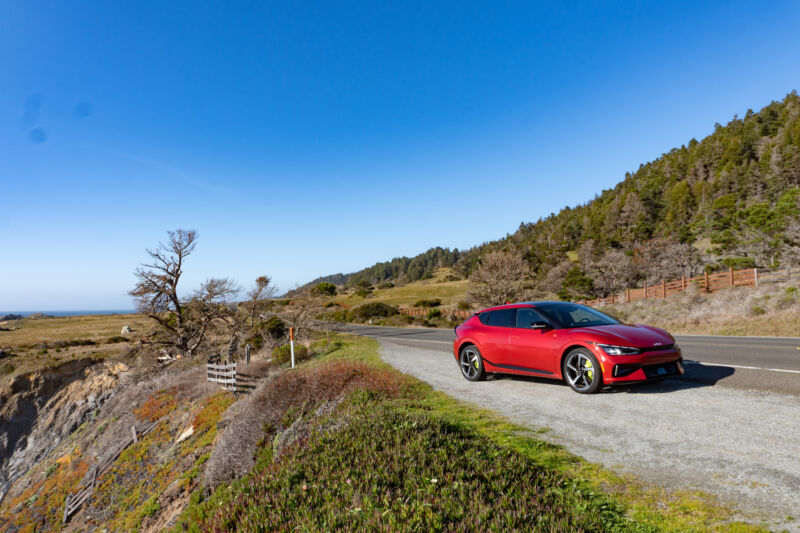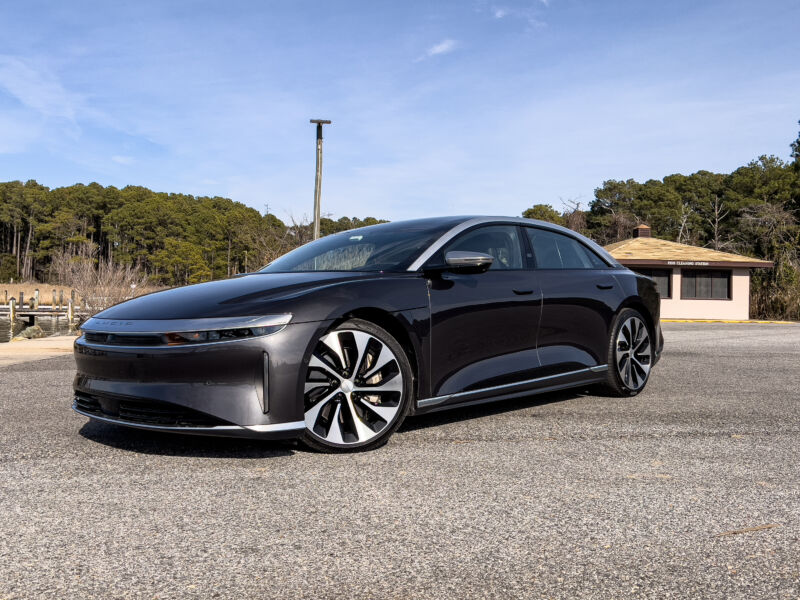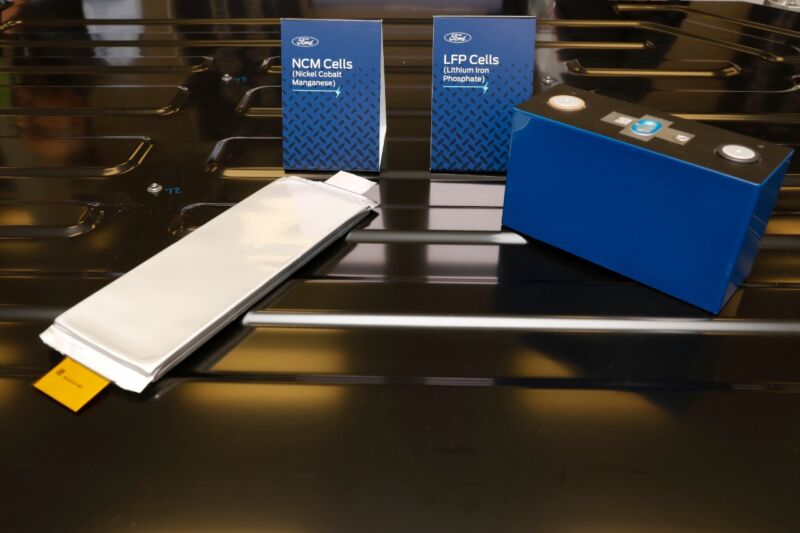-
 chevron_right
chevron_right
Chinese smartphone company says it wants to build a Porsche challenger
news.movim.eu / ArsTechnica · Thursday, 28 December - 15:20
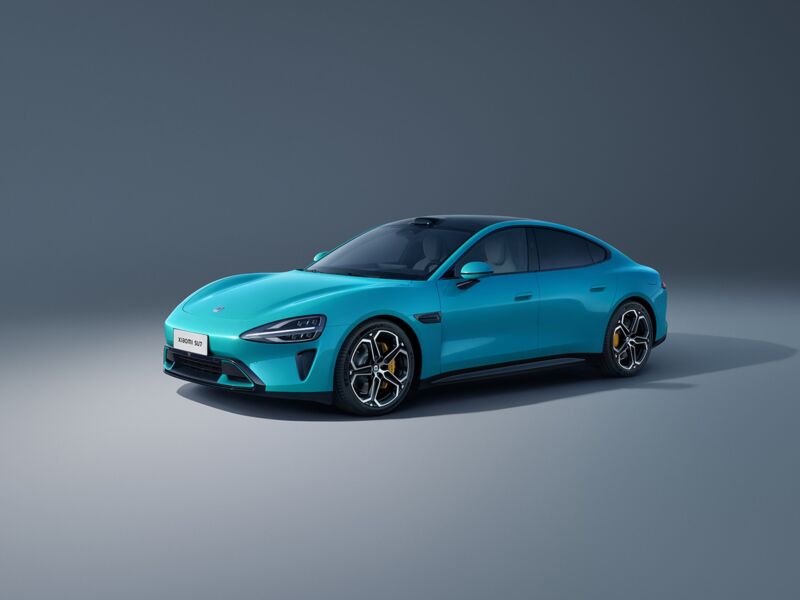
Enlarge / I know it looks like someone grafted the nose from a McLaren onto a Porsche Taycan, but it's actually a Xiaomi SU7. (credit: Xiaomi)
Xiaomi, a Chinese maker of consumer electronics perhaps best known for taking plenty of inspiration from Apple , is getting into the automotive industry. Earlier today in Beijing, Xaiomi CEO Lei Jun debuted the Speed Ultra 7, a luxury electric vehicle that's squarely aimed at the spot in the market currently served by the Porsche Taycan and Tesla Model S sedans.
Xiaomi wanted to branch out from smartphones and tablets to EVs—that wasn't exactly news, as the company announced its plans about three years ago. Lei has big ambitions though; he wants Xiaomi to be a top-five automaker within the next two decades.
Making a car isn't that hard, Lei told the audience . "If you want to build a car, 300 or 400 people and a bit over a billion, and you find a benchmark car and you just need do reverse-engineering and you can do it," Lei said, then acknowledged that "to build a good car it is still very very difficult."


